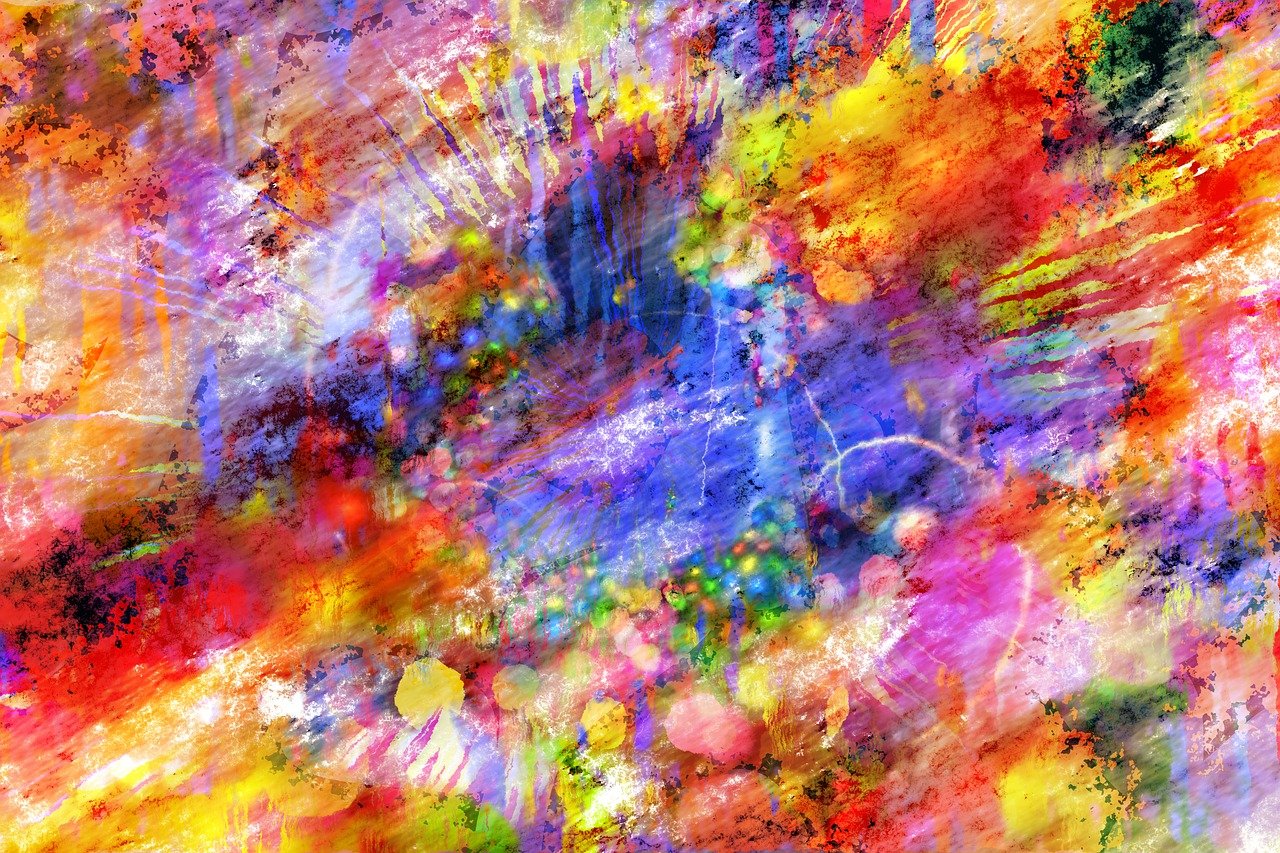Management of emotions and art, a combination for managers

EMOTIONS ART MANAGER - Each of us in our lives has happened to find himself in situations where emotions took over. For some this event is often manifested, for others very rarely. Life teaches us that our emotions are important and we must not avoid them, whether they are positive or negative. But what we should try to do is learn to know them, understand them and know how to manage them in order not to be overwhelmed. Our reactions define who we are and that’s why it’s important to predict them in order to correct us in time. This concept is very important for all those who have to bear great responsibilities, such as managers, teachers, doctors and athletes.
The importance of emotion management for managers
Have you ever wondered what is the secret of success behind the great athletes and what is important in addition to talent? Riccardo Ceccarelli has. He is the founder of Formula Medicine and for over 15 years has studied methods for perfect physical and mental training for formula 1 drivers and not only. In his book "Super Fast Brain, the Revolutionary Method" he explains in detail the steps that led him to the delineation of Mental Economy Training. The most important thing he has come to understand is that to be successful in sports one must be able to also train his brain, just like all the other muscles of the body.
Roberto Ceccarelli’s studies applied to the management of emotions for managers
His studies, however, allowed him to understand that the attitude that distinguishes a good pilot is also necessary to the rest of the population. However, it is vital especially for managers, who every day find themselves having to make difficult decisions very quickly and must know how to respond effectively to every crisis placed in front of them without falling at the mercy of emotions.
In his book we read:
"Understanding the dynamics of our decisions and reactions in times of pressure is a formidable weapon for improvement. If you are a manager, be careful of what happens in your team when the situation becomes chaotic or deadlines are pressing: perhaps the problems that emerge are not anomalies, but signs of weakness that have always been there."
He advises us, whenever we face a difficult situation, whether it is positive or negative, to stop and ask ourselves these questions:
- How did I feel physically?
- Was I tense?
- Have I been effective?
- Did I lose my temper or my clarity?
- Have I been able to answer all the questions I’ve been asked?
- What were the moments when I was the most confident and liked me the most?
- Did I make mistakes?
- Why did I make a mistake?
- What could I have done differently?
Managing emotions through art for managers, but also for all of us
If responding to these questions we realize that we are answering in a negative way, we must not fall down. This in fact only means that we must learn to know ourselves and to manage the emotions that overwhelm us every time. In doing so, we will be able to manage them on future occasions. Following his workouts at his mental gym, there are many techniques that we will be able to learn, but he already offers suggestions in the book, and that’s where art comes into play.
Among the advice that he offers to prepare for an important event and avoid the overwhelm of emotions he proposes:
"Choose a picture and observe it in detail. Scan every millimeter, every least detail, trying to memorize it. Close your eyes and recreate it by visualizing it in your mind."
Art Emotions Map, a map that moves according to emotions
Ceccarelli proposes art as a means of "distraction" to control our emotions, but several times he stresses how important it is to recognize them to implement the method of training that will lead us to improve. To do this, we could use the project by Alan Cowen and Dacher Kelter. In fact, the two have created an Art Emotions Map. The study, born from a research by the University of Berkley, California, just put online by Google Arts & Culture, allows you to browse through a selection of 1500 works of art (of various fields and ages) following "emotional" criteria.
The web page presents many mini images, waiting to be opened, grouped by colors and words. Referring to their emotional components, these clusters of moving balls are flanked by a studied chromatic correspondence.
Over the centuries, art has taken on many meanings, going from being the first means of communication to becoming the object of profitable investments. Especially this last aspect has led her to interest an increasingly wide and unexpected audience. With the studies of Dr Ceccarelli and the interactive map of Alan Cowen and Dacher Kelter, I am sure that more people will be interested in art and learn to look at it with different eyes.To learn more about the Art Emotions Map project click here



